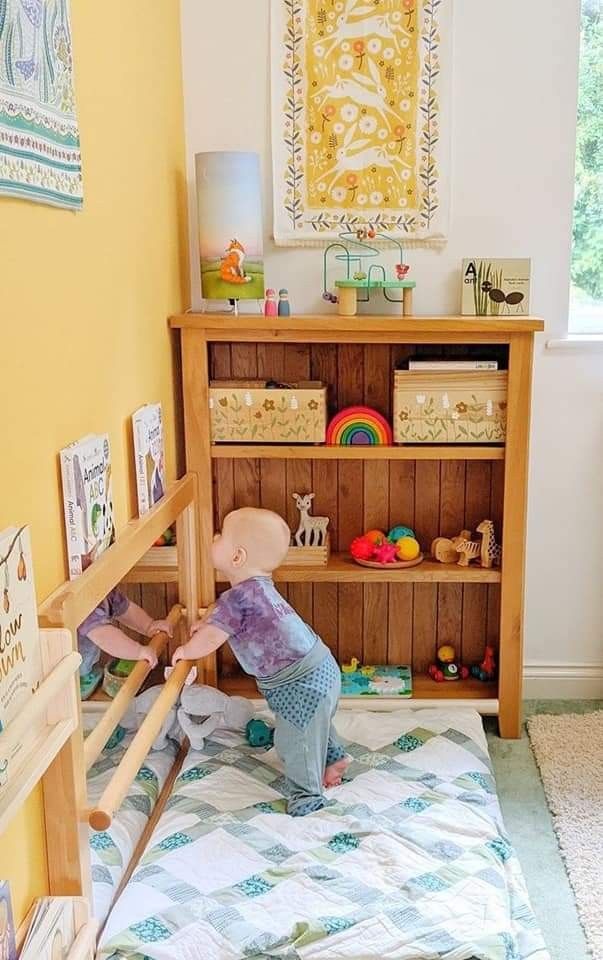As a professional deeply invested in sustainable practices within healthcare, I have become increasingly concerned about a specific issue in pediatric occupational therapy. A troubling pattern has emerged where young patients frequently chew on plastic toys during therapy sessions. This behavior is not only harmful to their health but also leads to the rapid deterioration of the toys. The cycle of breaking and replacing these toys underscores a profound environmental challenge, as each disposable toy contributes to the critical issue of plastic waste. This pattern has amplified my awareness of the negative impact of plastic toys on both the health of our young patients and the environment, initiating a search for more sustainable and safer alternatives.
In response to this issue, the market has begun offering a range of effective, eco-friendly therapeutic toys made from materials like natural rubber, cork, recycled paper, and wood. These alternatives are not only environmentally friendly but also maintain the therapeutic effectiveness of traditional plastic toys. Growing concerns over the harmful effects of synthetic, non-biodegradable therapy materials on health and the environment drive this shift.
Currently, I am developing the Sustainable Quality Improvement (SusQI) project, which integrates environmental sustainability with quality improvement methods. This transition to natural alternatives ensures that our therapeutic practices not only minimize our ecological footprint but also enhance the safety and healthiness of the therapeutic environment, particularly for children who are highly sensitive to environmental toxins.
I want to invite your thoughts and perspectives on this subject:
1.What are the most sustainable materials that can be used in the production of toys, considering their environmental impact, safety, cost-effectiveness, and ease of disposal or recycling, and how do these materials compare to traditional plastics in terms of overall sustainability throughout their lifecycle
2.How do medical facilities currently handle the disposal of plastic toys, and are there any innovative recycling or repurposing initiatives being implemented to reduce plastic waste in healthcare settings?
3.What are the challenges faced by hospitals and clinics in the disposal of plastic toys, and what best practices can be adopted to ensure both patient safety and environmental sustainability?
4.What are the environmental consequences of disposing plastic toys in medical settings, and how can these institutions and healthcare providers better manage plastic waste to minimize ecological damage?

Please log in or sign up to comment.